Feta cheese, with its crumbly texture and tangy flavor, has become a staple in kitchens around the world. Originating in Greece, this beloved cheese is known for its versatility and unique taste. Whether crumbled over salads, stuffed into pastries, or served alongside olives and tomatoes, feta cheese adds a delicious touch to any dish. In this comprehensive guide, we will explore the world of feta cheese, from its history and production to different varieties and the best ways to enjoy it. History and Origins of Feta Cheese: Feta cheese has a rich history that dates back thousands of years. It is believed to have been first made in ancient Greece, where it was highly prized for its taste and nutritional value. Traditionally, feta cheese was made from sheep’s milk, although today it can also be made from a combination of sheep and goat’s milk. The name “feta” comes from the Greek word “fetta,” which means slice, reflecting the cheese’s crumbly texture. Authentic feta cheese is still produced in Greece following traditional methods, making it a sought-after delicacy. Production Process of Feta Cheese: The production of feta cheese is a meticulous process that requires skill and expertise.

.
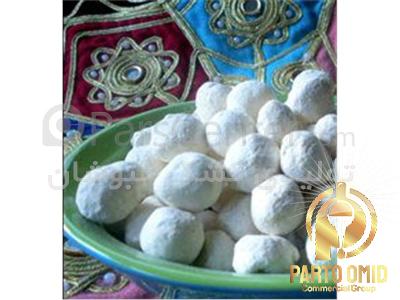 The first step in making feta cheese is curdling the milk using rennet or acid, which causes the milk to separate into curds and whey. The curds are then drained and pressed into molds, where they are allowed to ferment and develop flavor. After a period of aging, the cheese is cut into blocks, salted, and stored in brine to enhance its taste and texture. The aging process can vary from a few weeks to several months, depending on the desired flavor profile. Types of Feta Cheese: There are several varieties of feta cheese available on the market, each with its own unique characteristics. Traditional Greek feta is made exclusively from sheep’s milk, giving it a rich and tangy flavor. However, many modern feta cheeses are made from a combination of sheep and goat’s milk, which can result in a milder taste. Some feta cheeses are also aged for longer periods to develop a stronger flavor, while others are milder and creamier. When choosing feta cheese, consider your personal preferences and the dish you plan to prepare to select the best variety. Key Features to Look for in Quality Feta Cheese: When shopping for feta cheese, there are several key features to look for to ensure you are getting a high-quality product. First, check the ingredients list to see if the cheese is made from authentic sheep or goat’s milk, as this will affect its taste and texture. Look for feta cheese that is brined, as this helps enhance its flavor and extend its shelf life. Additionally, consider the aging process, as longer-aged feta cheese will have a more robust flavor compared to younger varieties. Finally, opt for feta cheese that is made using traditional methods for an authentic taste experience. Best Ways to Enjoy Feta Cheese: Feta cheese is a versatile ingredient that pairs well with a wide range of flavors and dishes. One classic way to enjoy feta cheese is in a Greek salad, where it is combined with fresh tomatoes, cucumbers, olives, and olive oil for a refreshing and flavorful dish. Feta cheese can also be crumbled over roasted vegetables, added to omelets, or stuffed into pastries for a savory twist. For a unique flavor combination, try pairing feta cheese with sweet fruits like watermelon or figs, or drizzle honey over crumbled feta cheese for a delectable treat. Top Brands and Recommendations for Feta Cheese: When it comes to choosing the best feta cheese, there are several reputable brands that consistently deliver high-quality products. Some popular brands of feta cheese include Dodoni, Mt. Vikos, and Valbreso, all of which offer authentic Greek feta made from quality ingredients.
The first step in making feta cheese is curdling the milk using rennet or acid, which causes the milk to separate into curds and whey. The curds are then drained and pressed into molds, where they are allowed to ferment and develop flavor. After a period of aging, the cheese is cut into blocks, salted, and stored in brine to enhance its taste and texture. The aging process can vary from a few weeks to several months, depending on the desired flavor profile. Types of Feta Cheese: There are several varieties of feta cheese available on the market, each with its own unique characteristics. Traditional Greek feta is made exclusively from sheep’s milk, giving it a rich and tangy flavor. However, many modern feta cheeses are made from a combination of sheep and goat’s milk, which can result in a milder taste. Some feta cheeses are also aged for longer periods to develop a stronger flavor, while others are milder and creamier. When choosing feta cheese, consider your personal preferences and the dish you plan to prepare to select the best variety. Key Features to Look for in Quality Feta Cheese: When shopping for feta cheese, there are several key features to look for to ensure you are getting a high-quality product. First, check the ingredients list to see if the cheese is made from authentic sheep or goat’s milk, as this will affect its taste and texture. Look for feta cheese that is brined, as this helps enhance its flavor and extend its shelf life. Additionally, consider the aging process, as longer-aged feta cheese will have a more robust flavor compared to younger varieties. Finally, opt for feta cheese that is made using traditional methods for an authentic taste experience. Best Ways to Enjoy Feta Cheese: Feta cheese is a versatile ingredient that pairs well with a wide range of flavors and dishes. One classic way to enjoy feta cheese is in a Greek salad, where it is combined with fresh tomatoes, cucumbers, olives, and olive oil for a refreshing and flavorful dish. Feta cheese can also be crumbled over roasted vegetables, added to omelets, or stuffed into pastries for a savory twist. For a unique flavor combination, try pairing feta cheese with sweet fruits like watermelon or figs, or drizzle honey over crumbled feta cheese for a delectable treat. Top Brands and Recommendations for Feta Cheese: When it comes to choosing the best feta cheese, there are several reputable brands that consistently deliver high-quality products. Some popular brands of feta cheese include Dodoni, Mt. Vikos, and Valbreso, all of which offer authentic Greek feta made from quality ingredients.
..
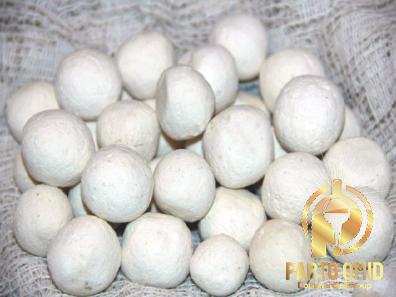 For a milder and creamier feta cheese, look for brands like President or Athenos, which are widely available in supermarkets. Additionally, consider shopping at specialty delis or cheese shops for artisanal feta cheeses that are handmade using traditional methods for a unique and authentic taste experience. In Conclusion: Feta cheese is a beloved ingredient that adds a unique flavor and texture to a wide range of dishes. Whether you prefer traditional Greek feta made from sheep’s milk or a milder variety made from a combination of sheep and goat’s milk, there is a feta cheese out there to suit every palate. When shopping for feta cheese, look for high-quality products made from authentic ingredients and aged to perfection for the best flavor experience. Experiment with different ways to enjoy feta cheese in your cooking and embrace the rich history and flavors of this iconic cheese. Health Benefits of Feta Cheese: In addition to its delicious taste and versatile uses in cooking, feta cheese also offers several health benefits. Feta cheese is a good source of calcium, which is essential for maintaining strong bones and teeth. It also contains protein, which is important for muscle growth and repair. Feta cheese is rich in B vitamins, including riboflavin and vitamin B12, which play a crucial role in energy production and red blood cell formation. Additionally, feta cheese is a probiotic food, which means it contains beneficial bacteria that support gut health and digestion. Storage and Handling Tips for Feta Cheese: Proper storage and handling are essential for maintaining the quality and freshness of feta cheese. Store feta cheese in the refrigerator in its original packaging or a sealed container to prevent it from drying out. If the feta cheese is submerged in brine, make sure to keep it covered with the brine to prevent it from drying out. Feta cheese can also be frozen for up to three months, although its texture may change slightly upon thawing. When handling feta cheese, use clean utensils and avoid cross-contaminating with other foods to prevent the growth of harmful bacteria. Cooking Tips for Feta Cheese: Feta cheese is a versatile ingredient that can be enjoyed in a variety of dishes, both hot and cold. When using feta cheese in salads, crumble it over the top just before serving to preserve its texture and flavor. Feta cheese also pairs well with roasted vegetables, pasta dishes, and grilled meats, adding a creamy and tangy touch.
For a milder and creamier feta cheese, look for brands like President or Athenos, which are widely available in supermarkets. Additionally, consider shopping at specialty delis or cheese shops for artisanal feta cheeses that are handmade using traditional methods for a unique and authentic taste experience. In Conclusion: Feta cheese is a beloved ingredient that adds a unique flavor and texture to a wide range of dishes. Whether you prefer traditional Greek feta made from sheep’s milk or a milder variety made from a combination of sheep and goat’s milk, there is a feta cheese out there to suit every palate. When shopping for feta cheese, look for high-quality products made from authentic ingredients and aged to perfection for the best flavor experience. Experiment with different ways to enjoy feta cheese in your cooking and embrace the rich history and flavors of this iconic cheese. Health Benefits of Feta Cheese: In addition to its delicious taste and versatile uses in cooking, feta cheese also offers several health benefits. Feta cheese is a good source of calcium, which is essential for maintaining strong bones and teeth. It also contains protein, which is important for muscle growth and repair. Feta cheese is rich in B vitamins, including riboflavin and vitamin B12, which play a crucial role in energy production and red blood cell formation. Additionally, feta cheese is a probiotic food, which means it contains beneficial bacteria that support gut health and digestion. Storage and Handling Tips for Feta Cheese: Proper storage and handling are essential for maintaining the quality and freshness of feta cheese. Store feta cheese in the refrigerator in its original packaging or a sealed container to prevent it from drying out. If the feta cheese is submerged in brine, make sure to keep it covered with the brine to prevent it from drying out. Feta cheese can also be frozen for up to three months, although its texture may change slightly upon thawing. When handling feta cheese, use clean utensils and avoid cross-contaminating with other foods to prevent the growth of harmful bacteria. Cooking Tips for Feta Cheese: Feta cheese is a versatile ingredient that can be enjoyed in a variety of dishes, both hot and cold. When using feta cheese in salads, crumble it over the top just before serving to preserve its texture and flavor. Feta cheese also pairs well with roasted vegetables, pasta dishes, and grilled meats, adding a creamy and tangy touch.
…
 When baking with feta cheese, consider using it in savory pastries, stuffed peppers, or as a filling for sandwiches. Experiment with different cooking methods and flavor combinations to discover the endless possibilities of feta cheese in your kitchen. Frequently Asked Questions About Feta Cheese: 1. Is feta cheese suitable for people with lactose intolerance? Feta cheese is generally well-tolerated by people with lactose intolerance, as it contains lower levels of lactose compared to other dairy products. However, individuals with severe lactose intolerance may still experience symptoms and should consume feta cheese in moderation or opt for lactose-free alternatives. 2. Can feta cheese be used in place of other cheeses in recipes? Feta cheese can be a great substitute for other cheeses in recipes that call for a salty and tangy flavor profile. It works well in salads, pasta dishes, and baked goods, adding a unique taste and texture to the dish. Experiment with using feta cheese in place of other cheeses to discover new flavor combinations and cooking ideas. 3. How long does feta cheese last in the refrigerator? When stored properly in the refrigerator, feta cheese can last for up to two weeks. It is important to keep feta cheese in its original packaging or a sealed container to prevent it from drying out or absorbing odors from other foods in the fridge. Check the expiration date on the packaging and consume the feta cheese before it expires for the best quality and flavor. 4. What are some creative ways to use leftover feta cheese? Leftover feta cheese can be used in a variety of creative ways to reduce food waste and add flavor to dishes. Try crumbling feta cheese over scrambled eggs, mixing it into mashed potatoes, or adding it to homemade pizza or flatbreads. Feta cheese can also be blended into dips, spreads, or salad dressings for an extra burst of flavor. Conclusion: In conclusion, feta cheese is a versatile and delicious ingredient that adds a unique flavor to a wide range of dishes. Whether you prefer traditional Greek feta made from sheep’s milk or a milder version made from a combination of sheep and goat’s milk, there is a feta cheese for every taste preference. When shopping for feta cheese, look for high-quality products made from authentic ingredients and aged to perfection for the best flavor experience. Experiment with different cooking methods and flavor combinations to discover the endless possibilities of feta cheese in your kitchen and enjoy the rich history and flavors of this iconic cheese.
When baking with feta cheese, consider using it in savory pastries, stuffed peppers, or as a filling for sandwiches. Experiment with different cooking methods and flavor combinations to discover the endless possibilities of feta cheese in your kitchen. Frequently Asked Questions About Feta Cheese: 1. Is feta cheese suitable for people with lactose intolerance? Feta cheese is generally well-tolerated by people with lactose intolerance, as it contains lower levels of lactose compared to other dairy products. However, individuals with severe lactose intolerance may still experience symptoms and should consume feta cheese in moderation or opt for lactose-free alternatives. 2. Can feta cheese be used in place of other cheeses in recipes? Feta cheese can be a great substitute for other cheeses in recipes that call for a salty and tangy flavor profile. It works well in salads, pasta dishes, and baked goods, adding a unique taste and texture to the dish. Experiment with using feta cheese in place of other cheeses to discover new flavor combinations and cooking ideas. 3. How long does feta cheese last in the refrigerator? When stored properly in the refrigerator, feta cheese can last for up to two weeks. It is important to keep feta cheese in its original packaging or a sealed container to prevent it from drying out or absorbing odors from other foods in the fridge. Check the expiration date on the packaging and consume the feta cheese before it expires for the best quality and flavor. 4. What are some creative ways to use leftover feta cheese? Leftover feta cheese can be used in a variety of creative ways to reduce food waste and add flavor to dishes. Try crumbling feta cheese over scrambled eggs, mixing it into mashed potatoes, or adding it to homemade pizza or flatbreads. Feta cheese can also be blended into dips, spreads, or salad dressings for an extra burst of flavor. Conclusion: In conclusion, feta cheese is a versatile and delicious ingredient that adds a unique flavor to a wide range of dishes. Whether you prefer traditional Greek feta made from sheep’s milk or a milder version made from a combination of sheep and goat’s milk, there is a feta cheese for every taste preference. When shopping for feta cheese, look for high-quality products made from authentic ingredients and aged to perfection for the best flavor experience. Experiment with different cooking methods and flavor combinations to discover the endless possibilities of feta cheese in your kitchen and enjoy the rich history and flavors of this iconic cheese.
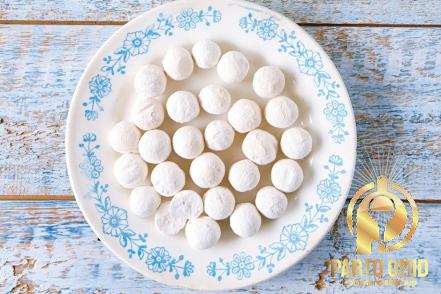
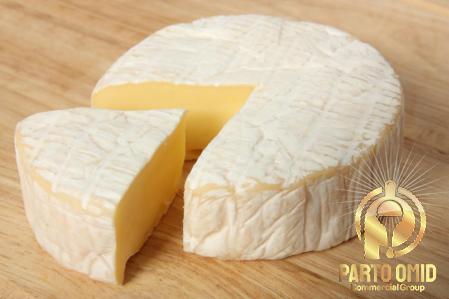
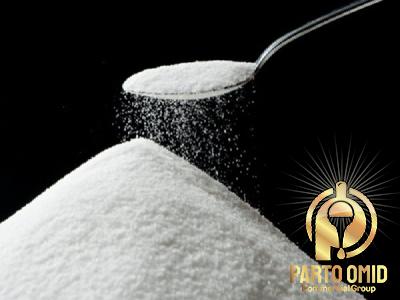
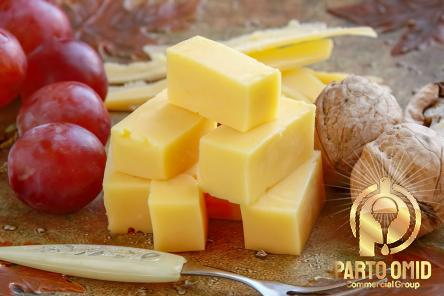
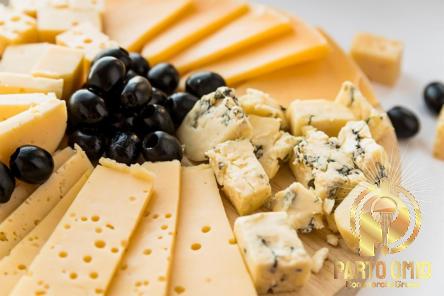
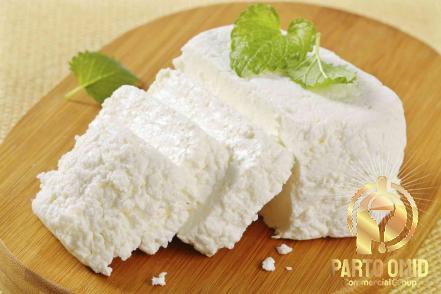
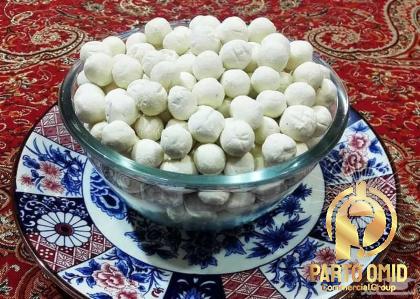
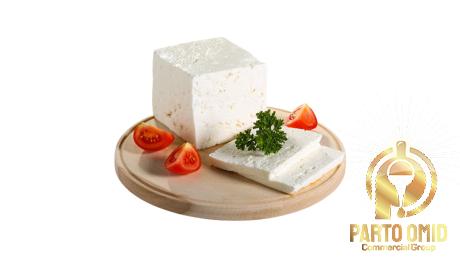
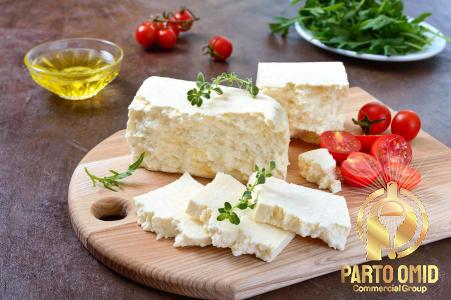
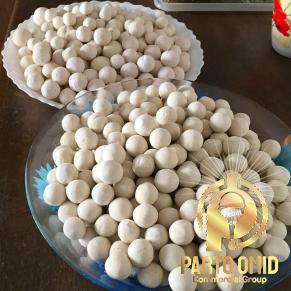
Your comment submitted.